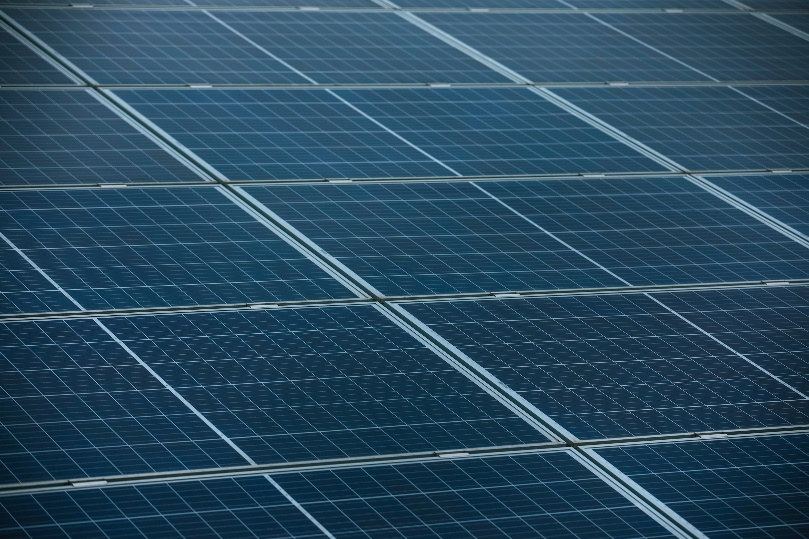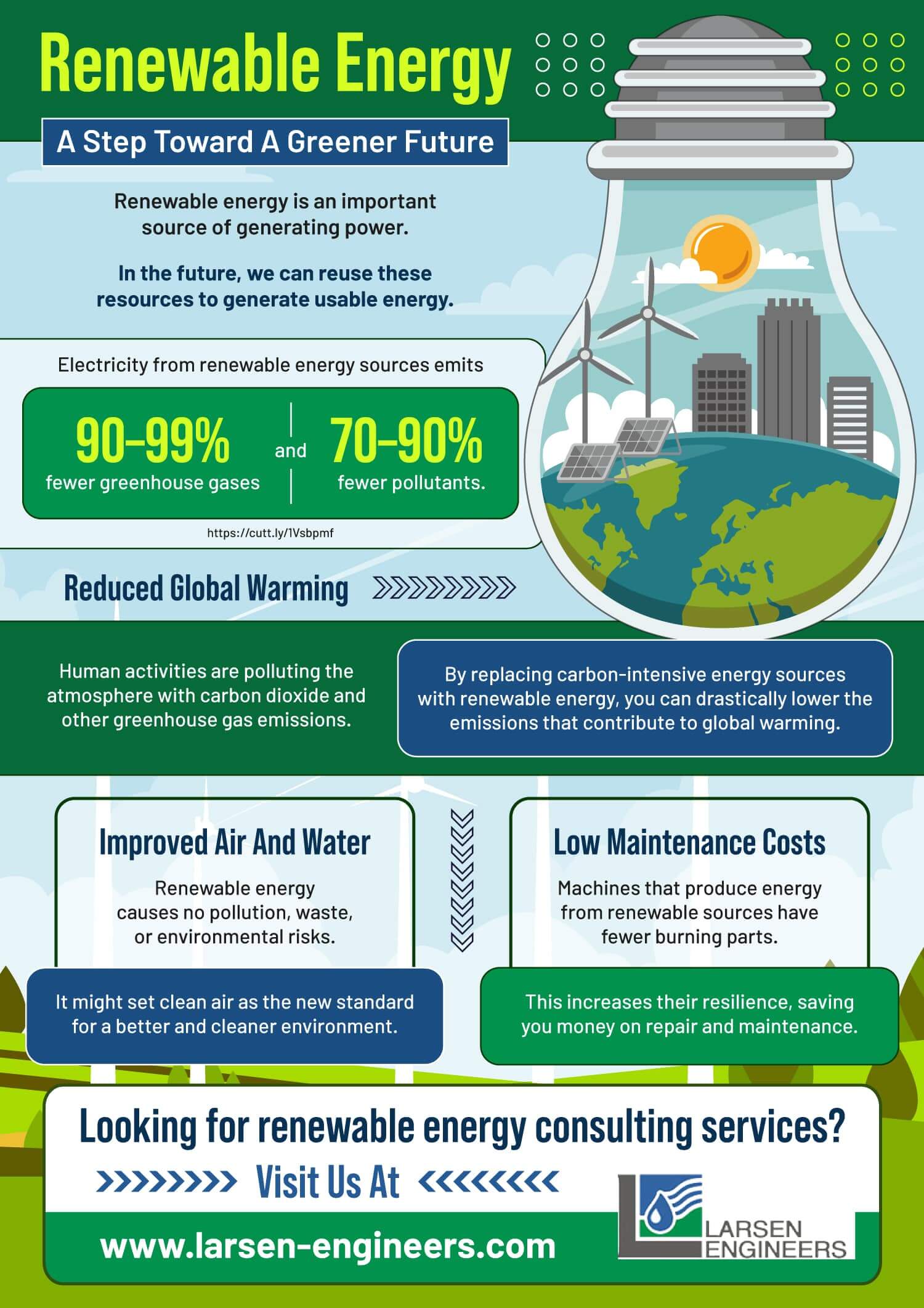Behind a sustainable energy future it is solar energy that is the key to achieve it. Find out more on what you should know about solar energy.

Behind a sustainable energy future it is solar energy that is the key to achieve it. Find out more on what you should know about solar energy.

More and more facilities are becoming conservative about their resource consumption, taking major approaches to push for sustainability. Many of these design trends have also been implemented across various affordable housing schemes. Not only do these use reusable elements, but they focus on getting zero emissions, reducing power consumption, and making a huge difference.
These are some of the most common design trends found across affordable housing communities for sustainability:
Many major housing communities are opting for green roofing to take on sustainable strategies. They have numerous advantages. Plants help with temperature regulation, allowing buildings to use less power for cooling. Similarly, they’re great for absorbing water during rainy seasons.
An additional advantage is that these plants clean up the environment, allowing people to come to relax in the area. The fresh air and calming environment are additional perks. Depending on the roof’s area, you can opt for either partial setups or complete coverups.
Affordable housing communities are also taking the initiative to adopt clean energy, and lower their carbon emissions by opting for renewable forms of energy. Considering that they require constant energy to keep vital systems running, there’s a necessity for energy storage. For this, communities are now using solar panels.

In conjunction with green roofs, they’re setting up solar panels that can cover nearly 30% of their electric utilities. Moreover, solar panels can also help meet their electricity needs at night.
Affordable housing communities are opting for energy-efficient lighting solutions, replacing incandescent bulbs with more energy-efficient bulbs. These take up significantly less power and provide a longer lifespan while offering the same intensity of light. Considering the large scale of many communities, replacing each unit is not an easy task but it has helped affordable housing communities save heavily on their bills.
At Larsen Engineers, we’re collaborating with affordable housing communities to implement energy-efficient methods for more sustainable means. We’re also helping out architectural firms, municipalities, and government agencies reduce their carbon footprint, ensuring the same level of productivity and results for their operations.
Reach out to us for community planning, energy conservation, and sustainable site development consultants today!
Renewable energy contributes greatly in generating power. Find out more on how renewable energy is a step towards a greener future.

LEED-certified municipal engineering solutions have become immensely popular in the last decade as more and more property owners lean toward LEED building design, incorporating “greener” approaches to lower energy consumption.
This includes using LEED smart controls, especially occupancy and daylight sensors. Here’s why using the two types of smart control systems can help lower your energy consumption.
Daylight sensors reduce the LED light output and incorporate natural lighting to maintain the existing level of brightness in a space. These smart sensors can effectively detect and utilize the sunlight available in an area, lowering the need for electrical consumption. This approach is known as daylight harvesting and is popularly implemented in building designs to minimize energy consumption and costs.
Daylight sensors are ideal for residential and commercial structures alike. Including these LEED smart sensors in your home design can help you reduce energy bills and make the most of natural lighting during the day. Similarly, daylight sensors can be included in commercial buildings with plenty of corridors and glass windows, helping business owners maximize daylight and save energy costs.
The sensors are also suited for the outdoor areas surrounding multi-structure complexes and commercial buildings, such as office spaces and parking lots. They continue to adjust to the natural lighting available during the day, lowering overall energy consumption.
Occupancy sensors detect motion and presence. Unlike motion detectors that only identify movement, these LEED smart controls detect the occupancy of a space. In doing so, they automatically switch the lights on or off, ensuring electricity isn’t wasted.

What sets these detectors apart is that they don’t switch off lights if there’s no movement. Thus, even if you’re stationary within a room, the detector will react to your presence and function accordingly. This makes them ideal for commercial buildings, especially office cubicles and other areas where movement may be minimal. Additionally, occupancy sensors can also be included in residential structures. You can add them to small spaces, such as storage closets, porches, and bathrooms.
They can be integrated with daylight sensors to further maximize energy efficiency, ensuring you don’t end up wasting electricity when nobody’s in the room/building corridor.
Our LEED-certified team at Larsen Engineers helps architectural firms, municipalities, and government agencies adopt green sustainable design for residential and commercial buildings. Reach out to our community planning, energy conservation, and sustainable site development consultants today for more details about smart control systems.